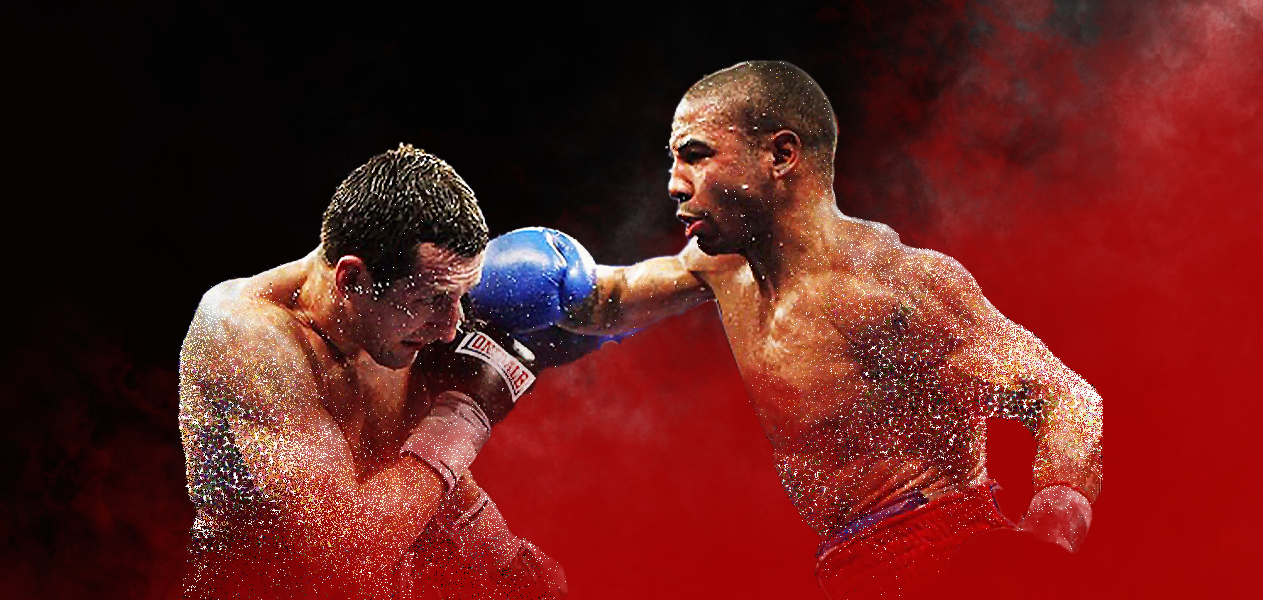Differences between Amateur and Professional Boxing
Many great boxers like Muhammad Ali, Oscar De La Hoya, Evander Holyfield, and Sugar Ray Leonard got their start in amateur (Olympic) boxing. They used their success in amateur boxing as a platform for launching their professional boxing careers and went on to become household names that shaped the boxing industry. Despite the popularity of both amateur boxing and professional boxing, most boxing fans don’t know the vast differences between the two sports.

In amateur boxing, one needs to have fast hands and feet to do well. The amateur boxing style involves quick strikes because the boxer will be throwing one, two, or jab, then move in and out of range.
For professional boxing, a boxer looks for the big shot and knocks out more often. The boxers plant their feet more and throw powerful shots at their opponent. An amateur must land his punch directly on the closed glove, but a professional can hit the opponent on his back or the kidneys’ area.

In professional boxing, the main objective is to earn more money by knocking out their opponent, whereas, in amateur boxing, the boxer aims at scoring as many points as possible.
In professional boxing, there is no prize money. The boxer is paid through purse money. Purse money is the amount of money agreed upon before the fight that each fighter is to be paid for completing the fight. They do not win or lose money based on the result of the fight. The amount of money to be settled between each boxer can be different and can include various clauses. In amateur boxing, fighters are awarded a fixed amount if they win.

There are specific rules for competing boxers’ health and safety in amateur boxing. These rules are affiliated with the Amateur International Boxing Association (AIBA) and are a safety standard that governs the sport.
For professional boxing, rules vary from country to country. The sports promoters and boxers alike in the professional sport may also have their way of deciding on certain rules that suit their fight.

There are three maximum rounds in amateur boxing, each lasting three minutes for males and four two-minute rounds for females. Time allocated for each round varies on the level of boxing.
In professional boxing, there are four to twelve rounds, with a standard of three minutes each.

In amateur boxing, boxers have to wear headgear to prevent trauma to their eyes, ears, and head. While headgear will not wholly prevent an amateur from injuries, it does contain the most severe injuries from happening.
In professional boxing, the boxers only wear protective headgears during practice to avoid any heavy blow that may affect the players’ outcome in the final game. The head guards are prohibited in fights.
Mouthguards and gloves are worn in both.

The concept of avoiding hits and landing hits is the same for amateur and professional boxing but is scored differently. In amateur boxing, five judges score the bouts using an electronic counter to count the legal punches. In such type of scoring, an amateur can lose most of the rounds but can still win if he dominates one round by landing more legal punches. Amateur boxing has very stringent rules for what constitutes a legal hit. For scoring points, the knuckle part of the closed glove must land either on the head, the front, or side of the body but always above the belt. There are no additional points for knockouts, aggression, or getting the opponent to stagger; if the boxer can land cleaner hits and land more of them on your opponent, the better.
In professional boxing, three judges use a ten-point system to determine the winner of each boxing round. The boxer who gunners most of the points at the end of the bout is declared the winner. In this type of boxing, the boxers don’t land points by just landing hits. They are scored using set criteria, based on the judge’s judgment like defense, effective aggression, clean and hard-punching, and ring generalship.

For amateur boxers, the ring size can be no smaller than 16 by 16 feet and no larger than 20 by 20 feet. In professional boxing, the size of the ring can vary. While professional rings are usually around the same size as the rings for the amateur boxers, it is not necessary to be of that size.

Considering that amateur boxing bouts consist of only three rounds, it is fought faster than in the professional ranks. In professional boxing, boxers have to control their pace to go onto the 4, 6, 8, 10, or 12 rounds.

In amateur boxing, the bout is usually stopped when there are much bleeding or cuts and swelling on the eye. In professional boxing, the fight is only stopped when the injured fighter is unable to continue.

In amateur boxing, this count is given to boxers in difficulty, especially after receiving heavy blows to recover. The bout is usually stopped after three eight-counts, a round or 4 in total. In professional boxing, this rule doesn’t exist.

Amateur boxing referees tend to be more protective over boxers. Their priority is to protect the boxers in the ring while also enforcing the fighting rules. In professional boxing, referees work with the prevailing regulations in the fight and may keep score in some cases.

